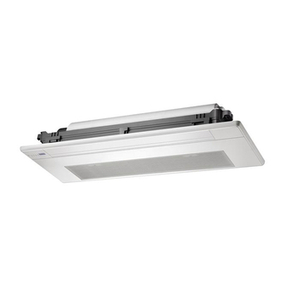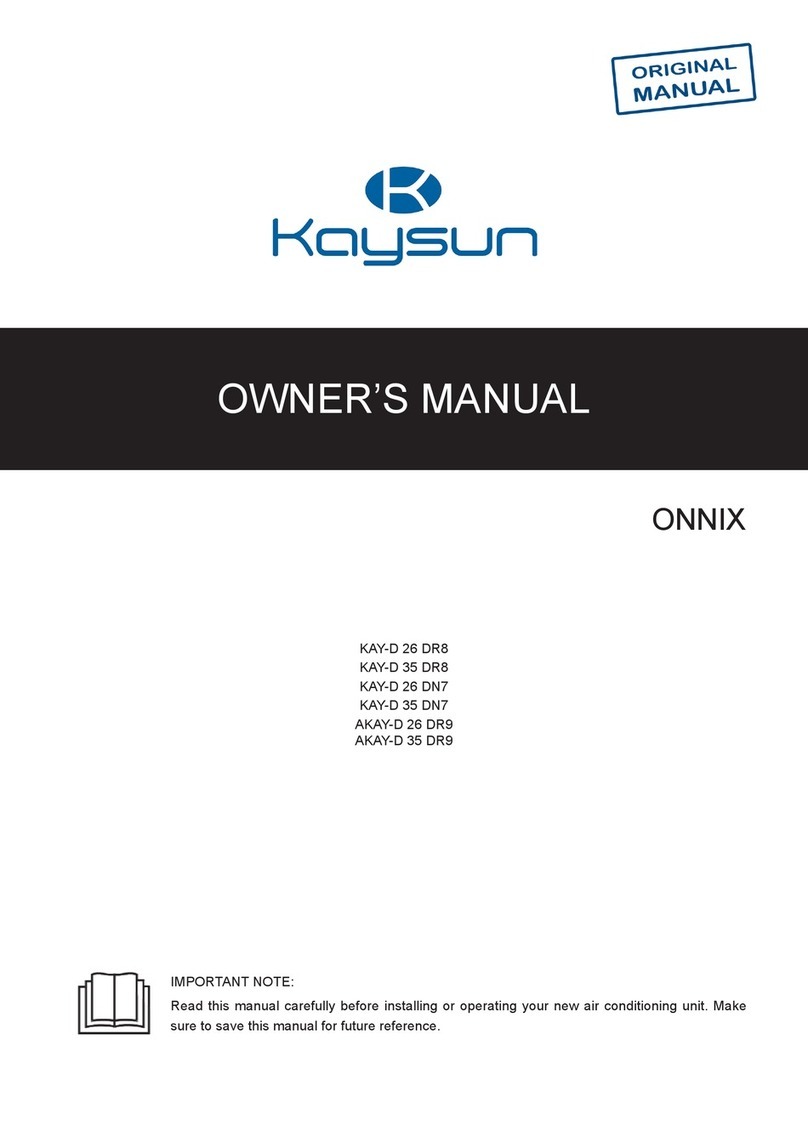Kaysun KPD-35 DN10 User manual
Other Kaysun Air Conditioner manuals
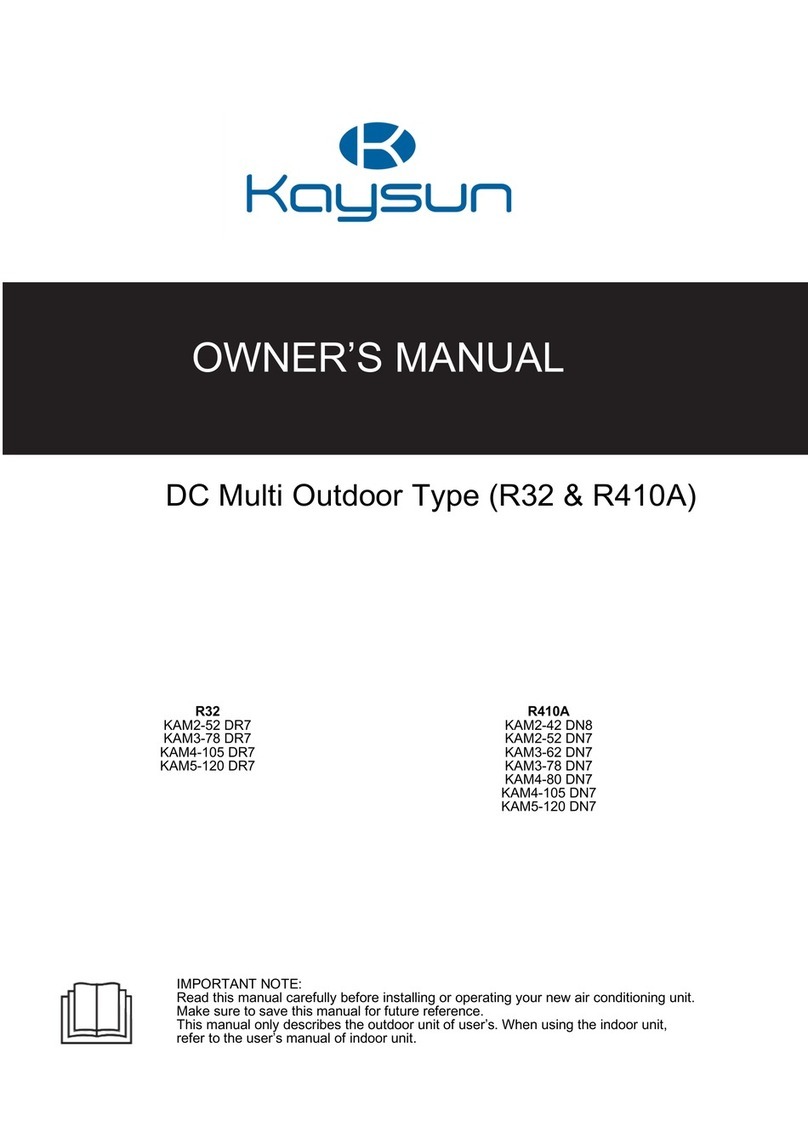
Kaysun
Kaysun KAM2-52 DR7 User manual
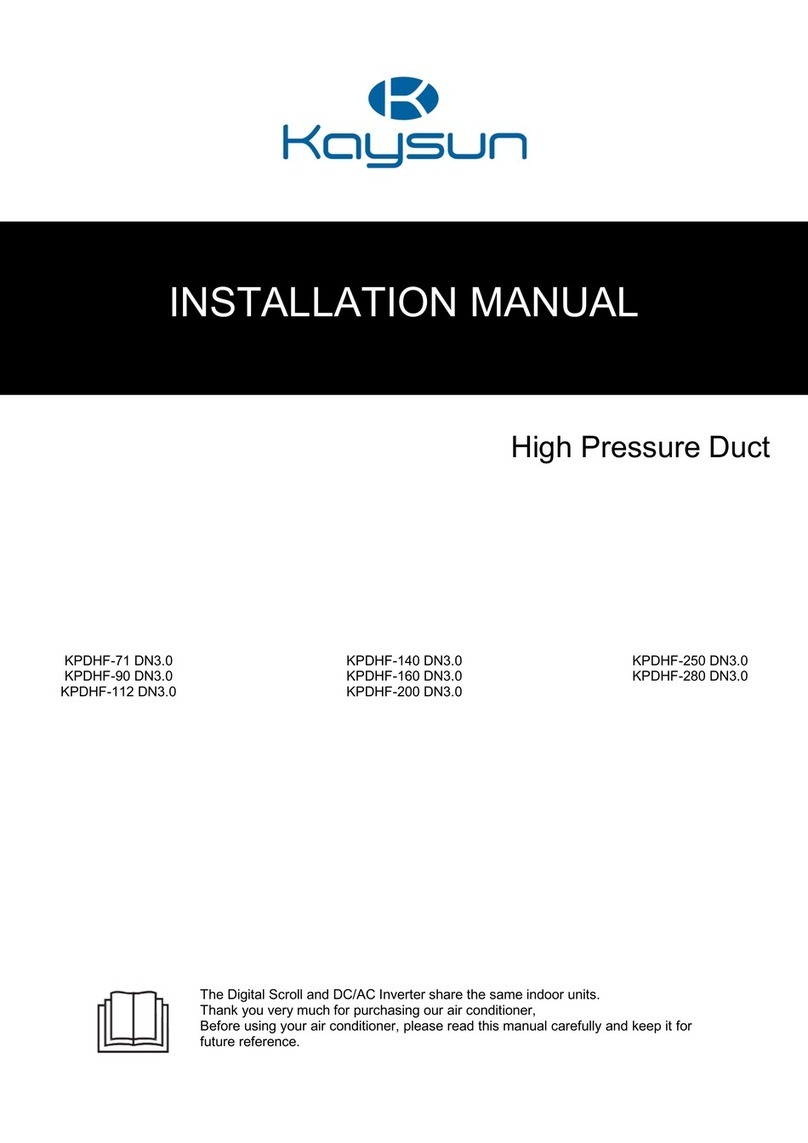
Kaysun
Kaysun KPDHF-71 DN3.0 User manual
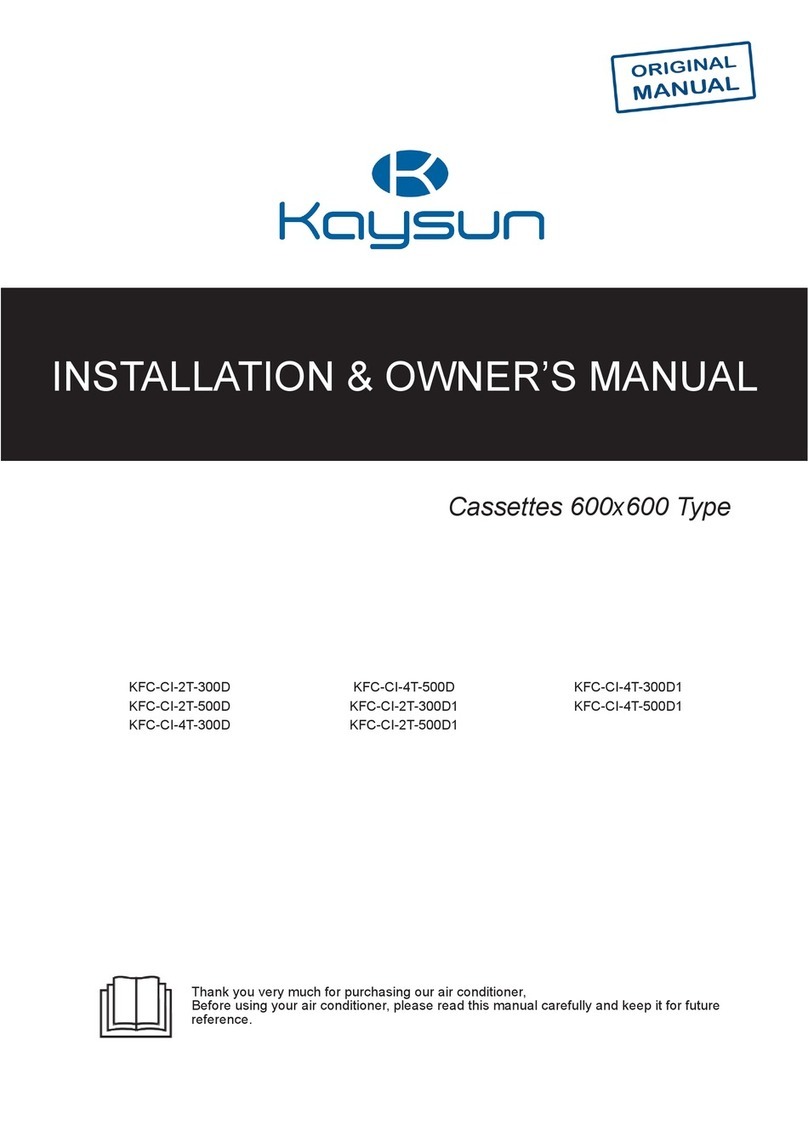
Kaysun
Kaysun KFC-CI-2T-300D Operating instructions
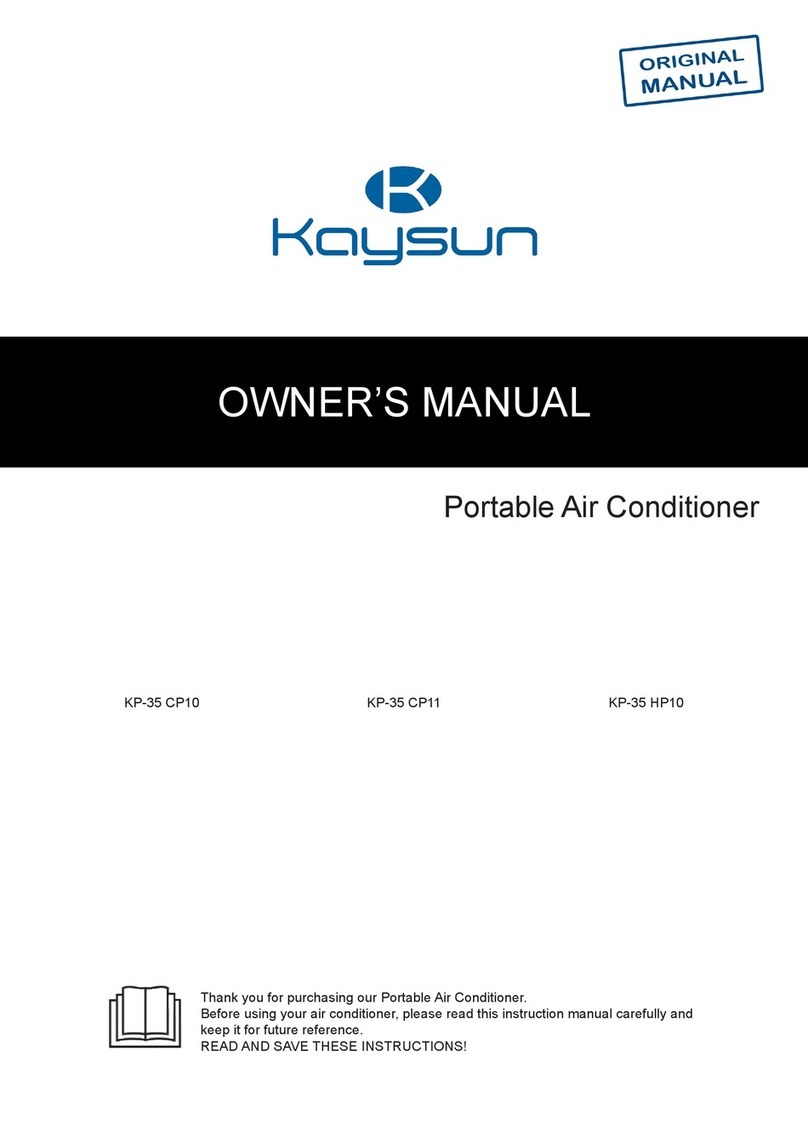
Kaysun
Kaysun KP-35 CP11 User manual
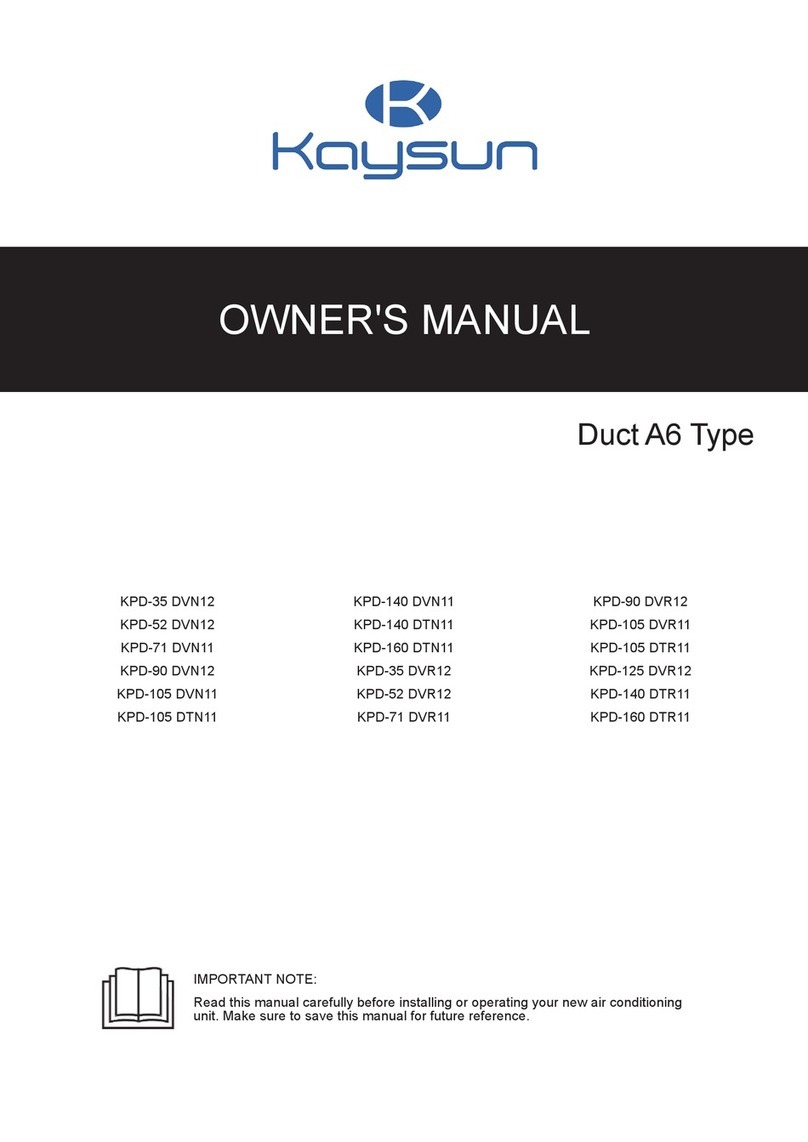
Kaysun
Kaysun KPD-35 DVN12 User manual
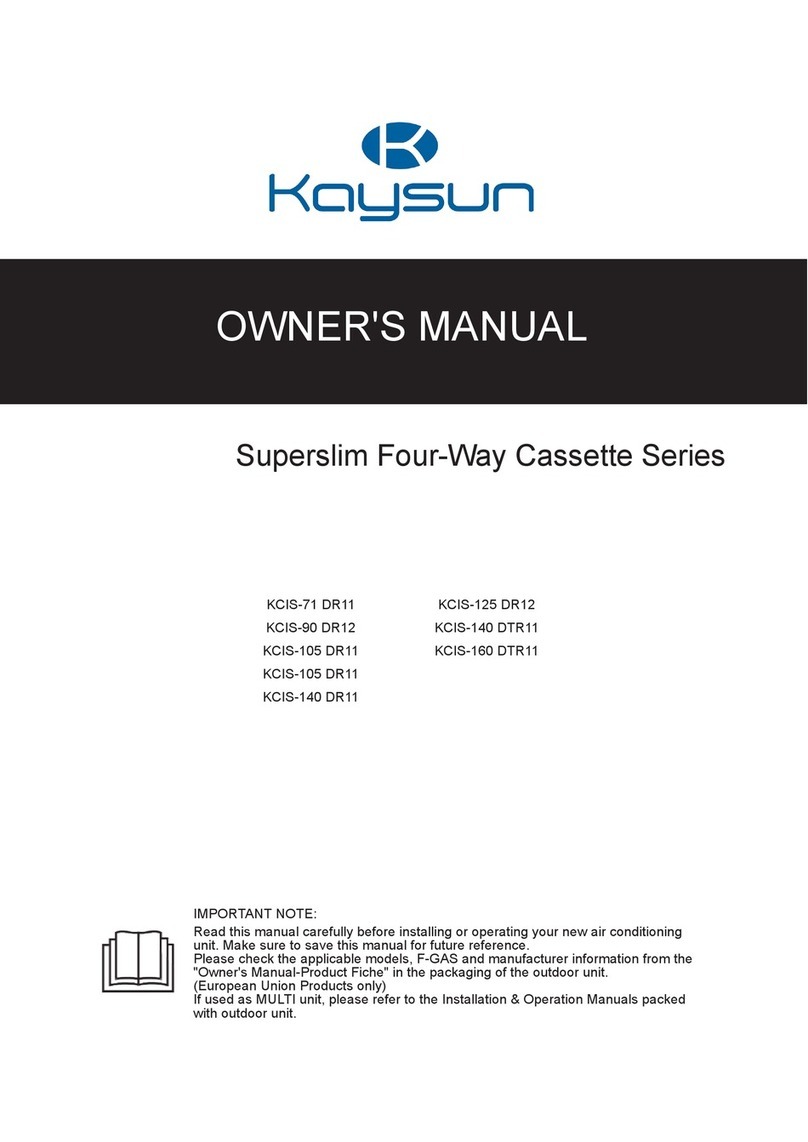
Kaysun
Kaysun KCIS-71 DR11 User manual
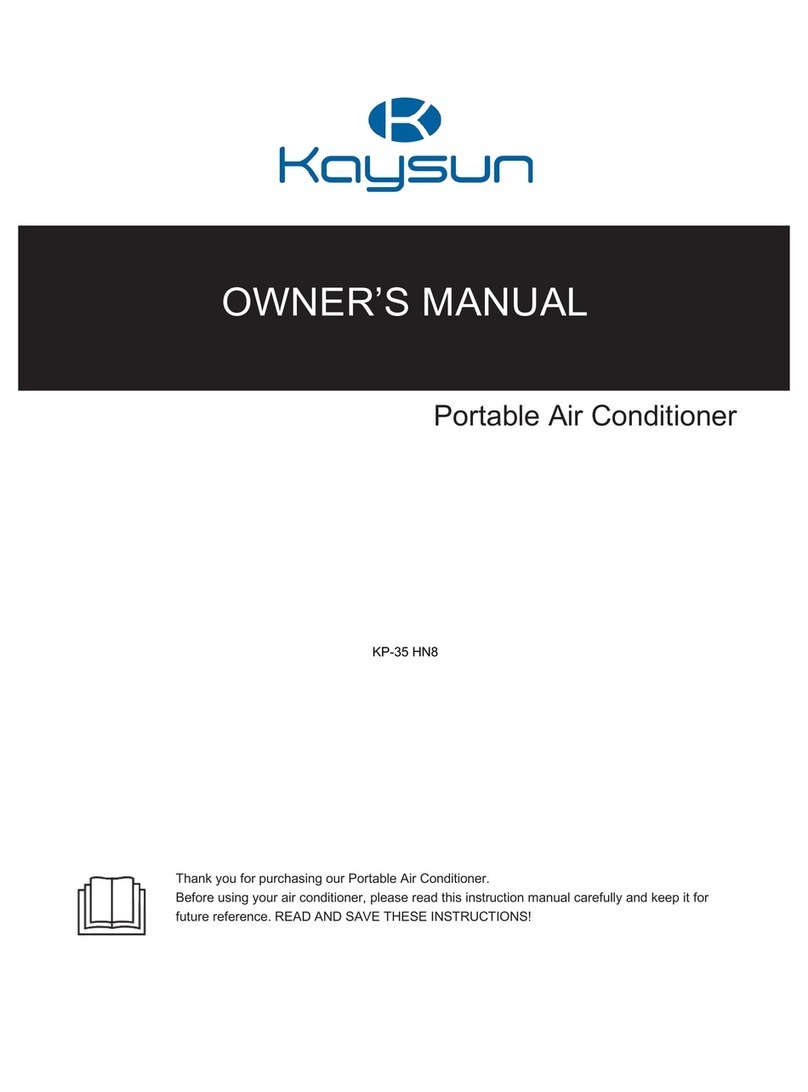
Kaysun
Kaysun KP-35 HN8 User manual
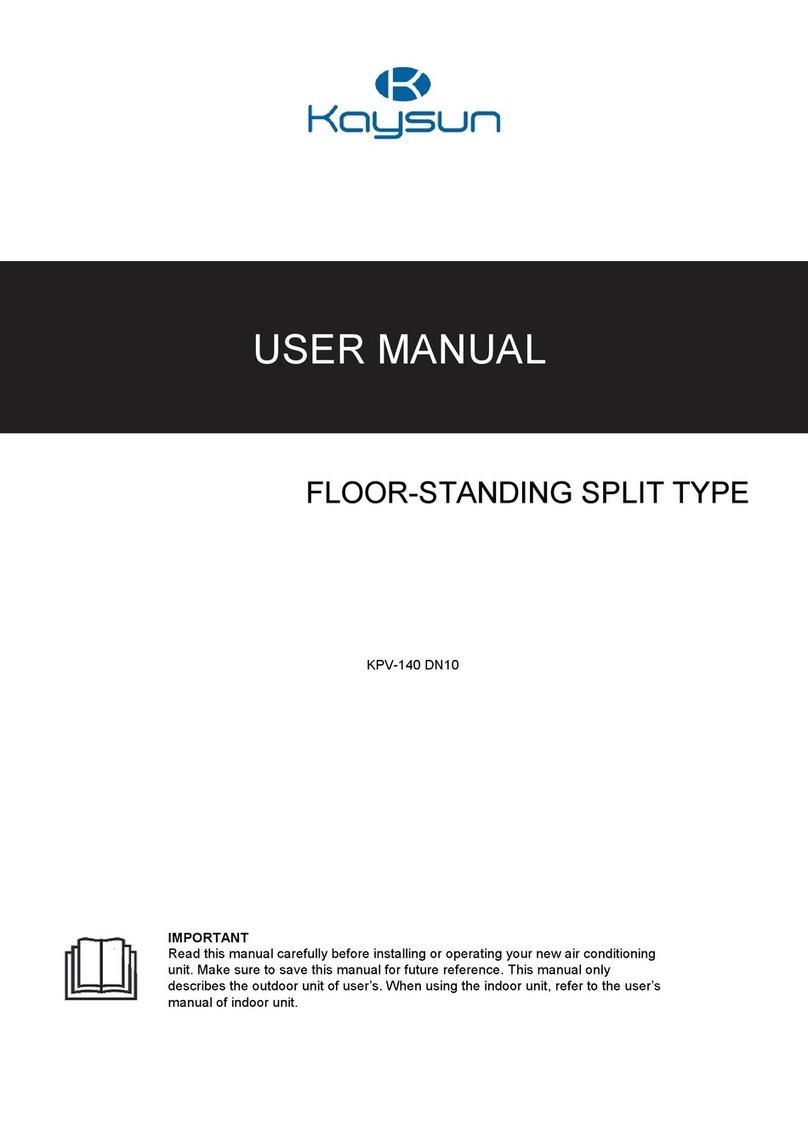
Kaysun
Kaysun KPV-140 User manual

Kaysun
Kaysun KUE-35 DVN11 User manual
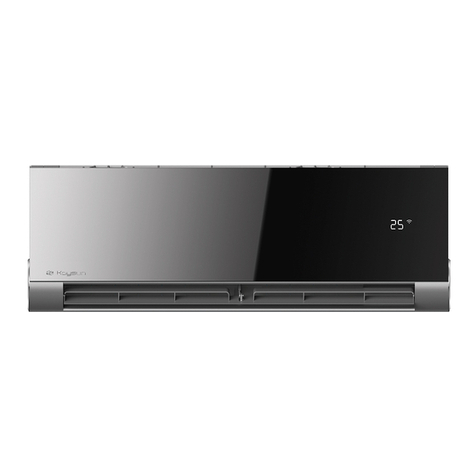
Kaysun
Kaysun ONNIX KAY-D 26 DR8 User manual
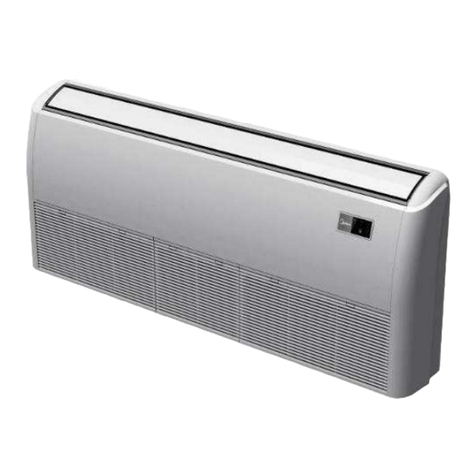
Kaysun
Kaysun Zen On 2014 User manual

Kaysun
Kaysun KCI-26 DMR14 Quick start guide
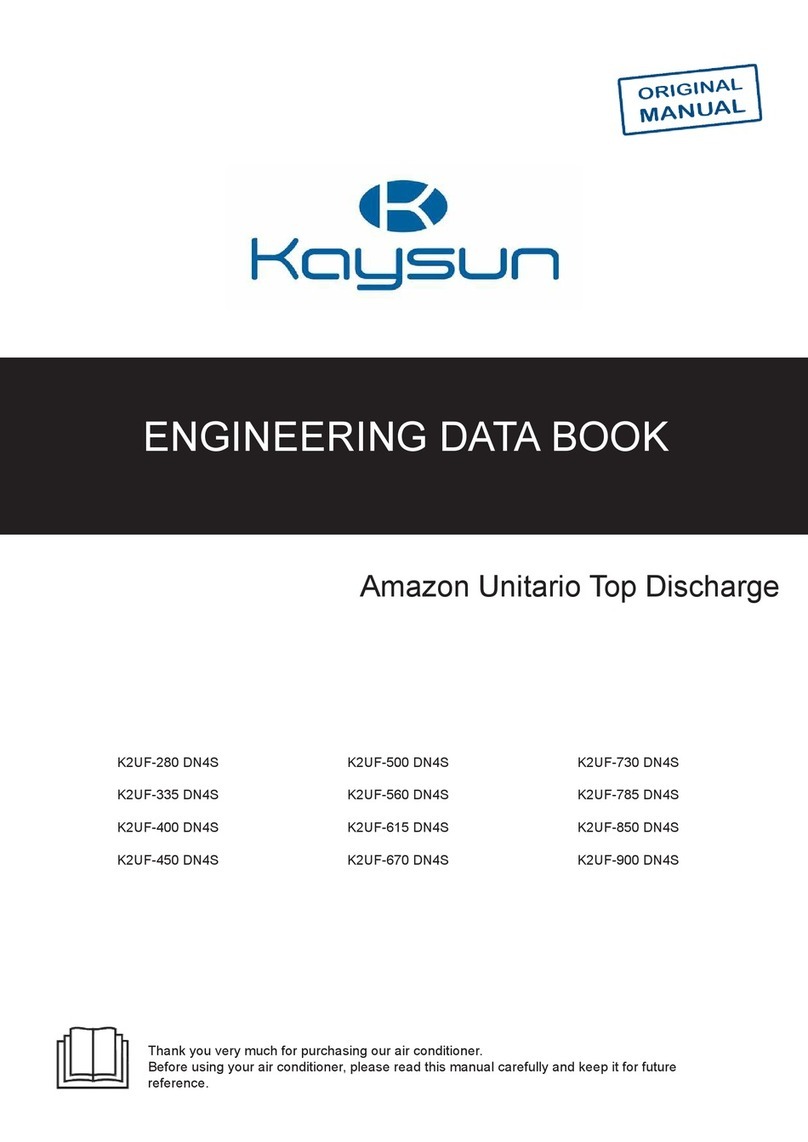
Kaysun
Kaysun Amazon Unitario Top Discharge Product guide
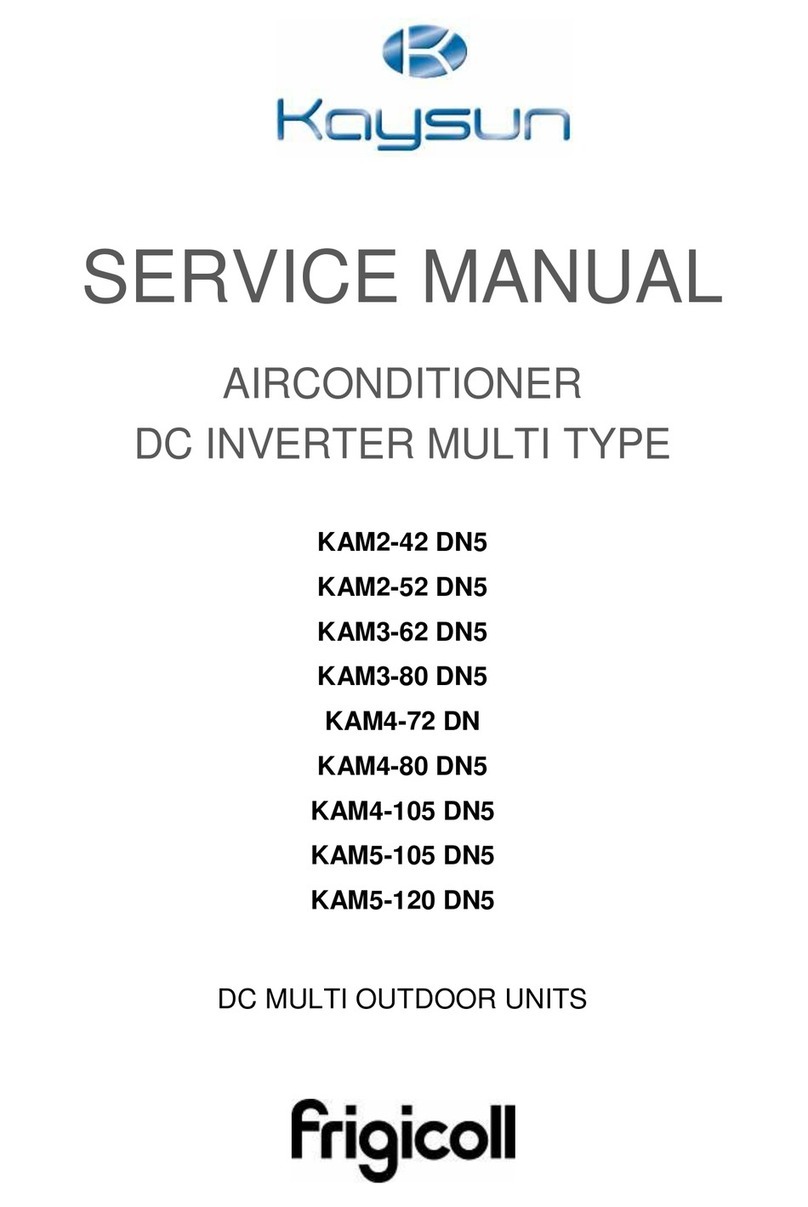
Kaysun
Kaysun KAM2-42 DN5 User manual
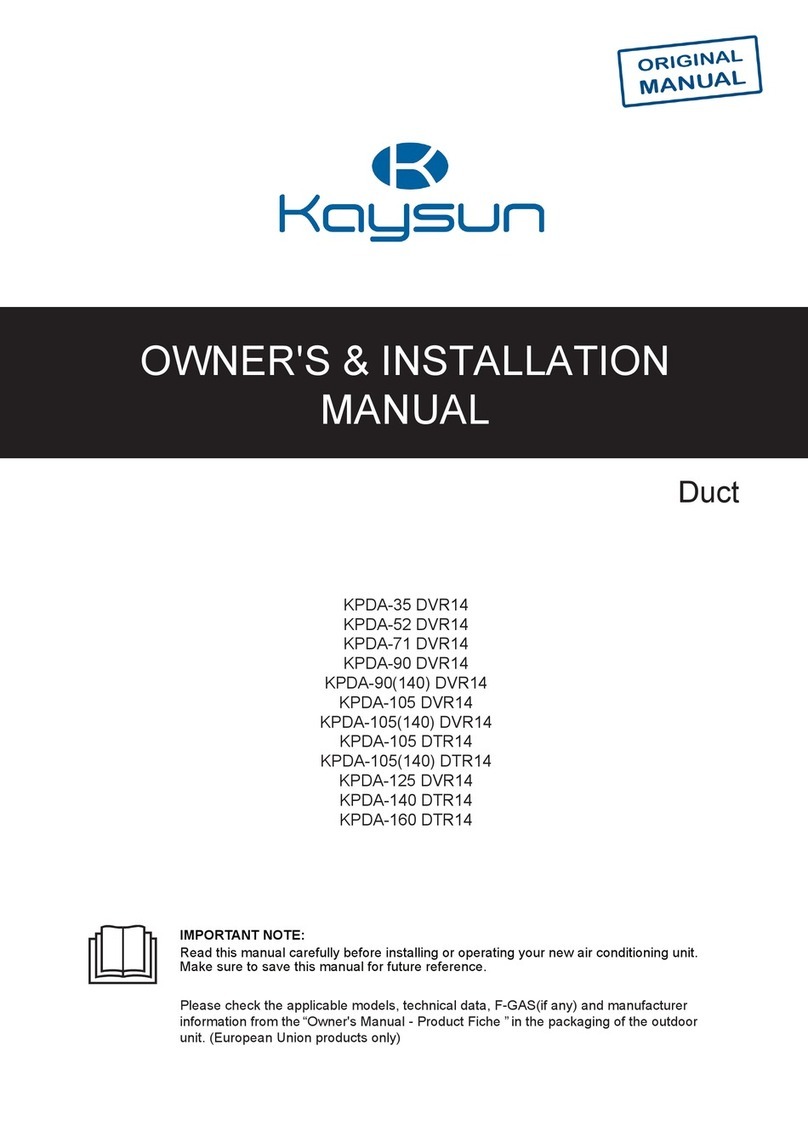
Kaysun
Kaysun KPDA-35 DVR14 Quick start guide
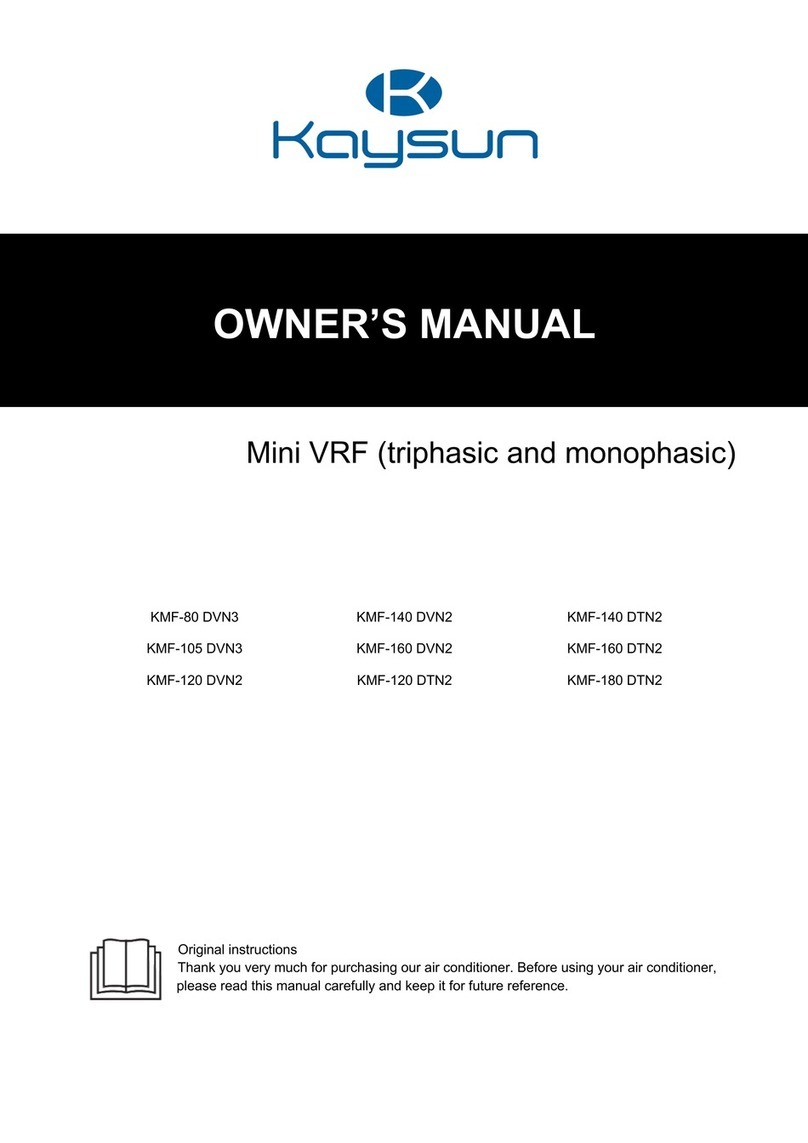
Kaysun
Kaysun KMF-80 DVN3 User manual
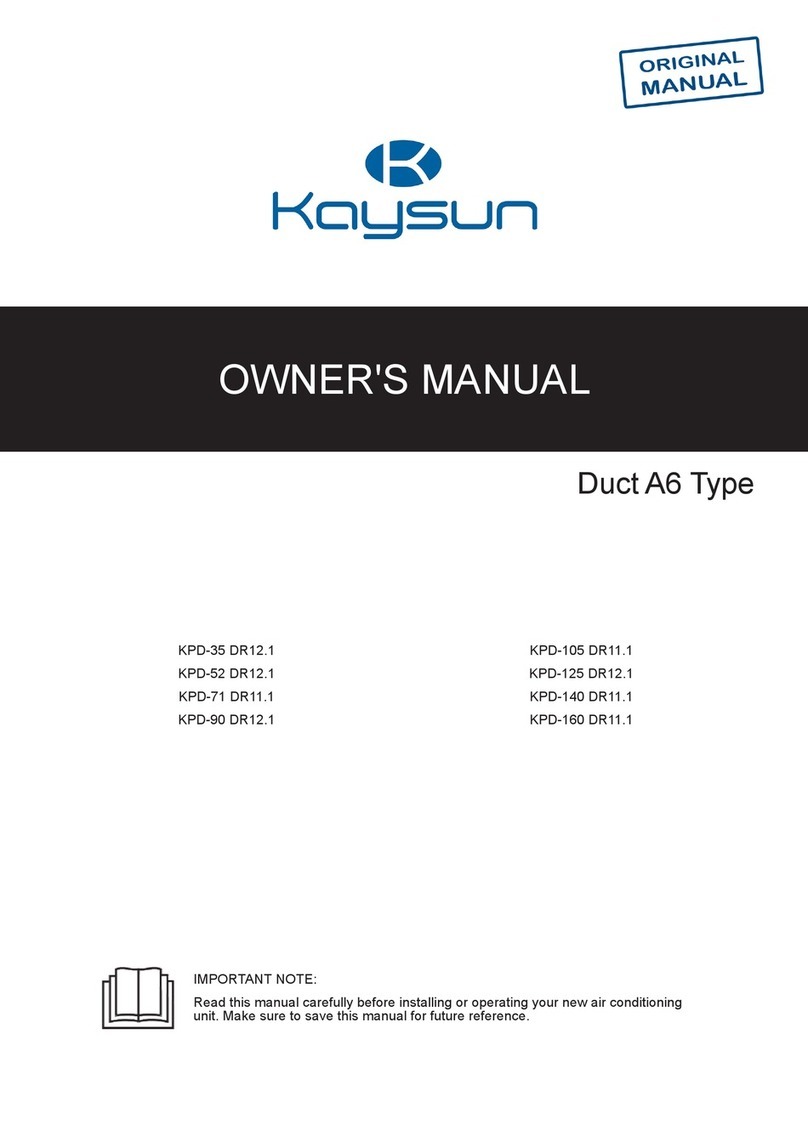
Kaysun
Kaysun KPD-35 DR12.1 User manual
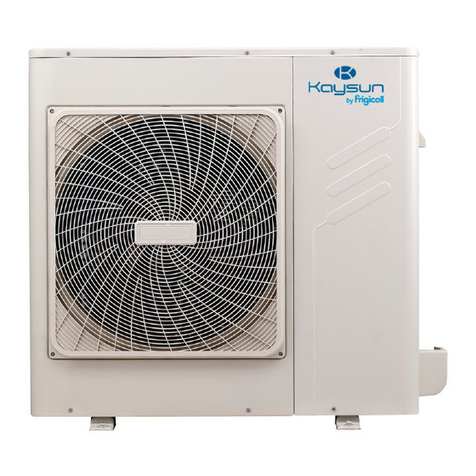
Kaysun
Kaysun Mini Amazon 3 KMF-80 DVN4 User manual
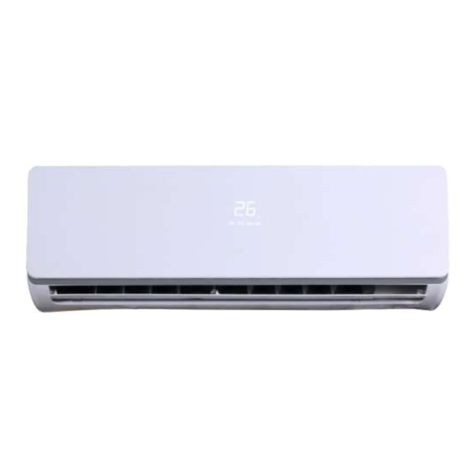
Kaysun
Kaysun KAYF-22 DN3.0 User manual
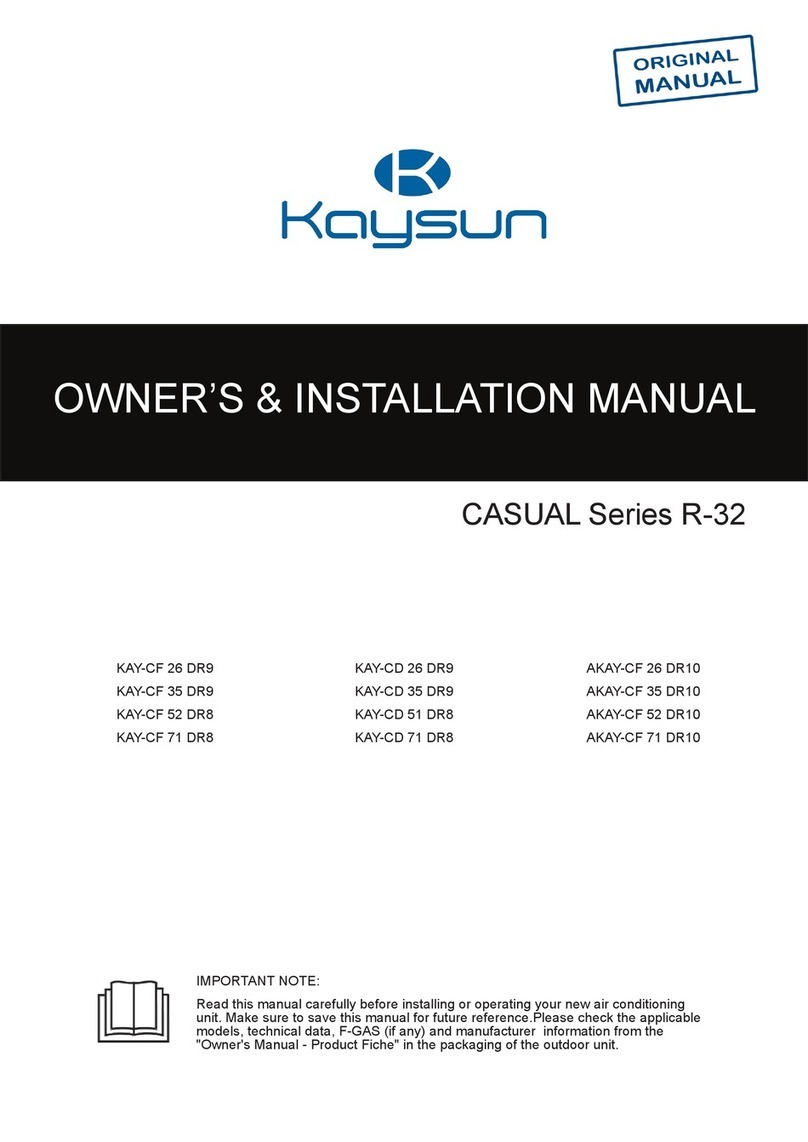
Kaysun
Kaysun CASUAL Series User manual
Popular Air Conditioner manuals by other brands

Fujitsu
Fujitsu ASYG 09 LLCA installation manual

York
York HVHC 07-12DS Installation & owner's manual

Carrier
Carrier Fan Coil 42B Installation, operation and maintenance manual

intensity
intensity IDUFCI60KC-3 installation manual

Frigidaire
Frigidaire FAC064K7A2 Factory parts catalog

Sanyo
Sanyo KS2432 instruction manual

Mitsubishi Electric
Mitsubishi Electric PUHZ-RP50VHA4 Service manual

Panasonic
Panasonic CS-S18HKQ Service manual

Panasonic
Panasonic CS-E15NKE3 operating instructions

Gree
Gree GWH18TC-K3DNA1B/I Service manual

Friedrich
Friedrich ZoneAire Compact P08SA owner's manual

Daikin
Daikin R32 Split Series installation manual

